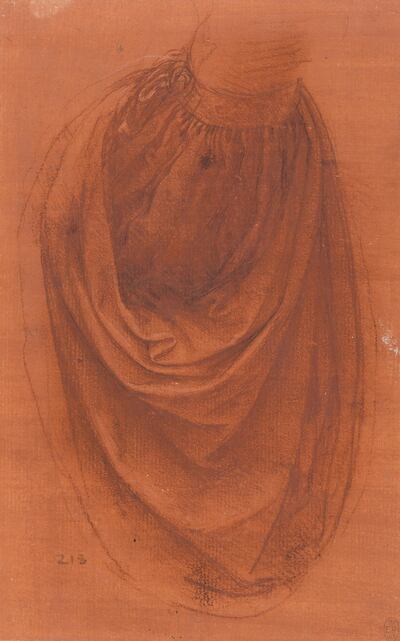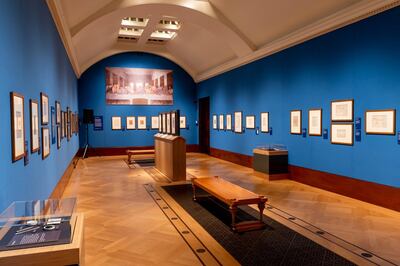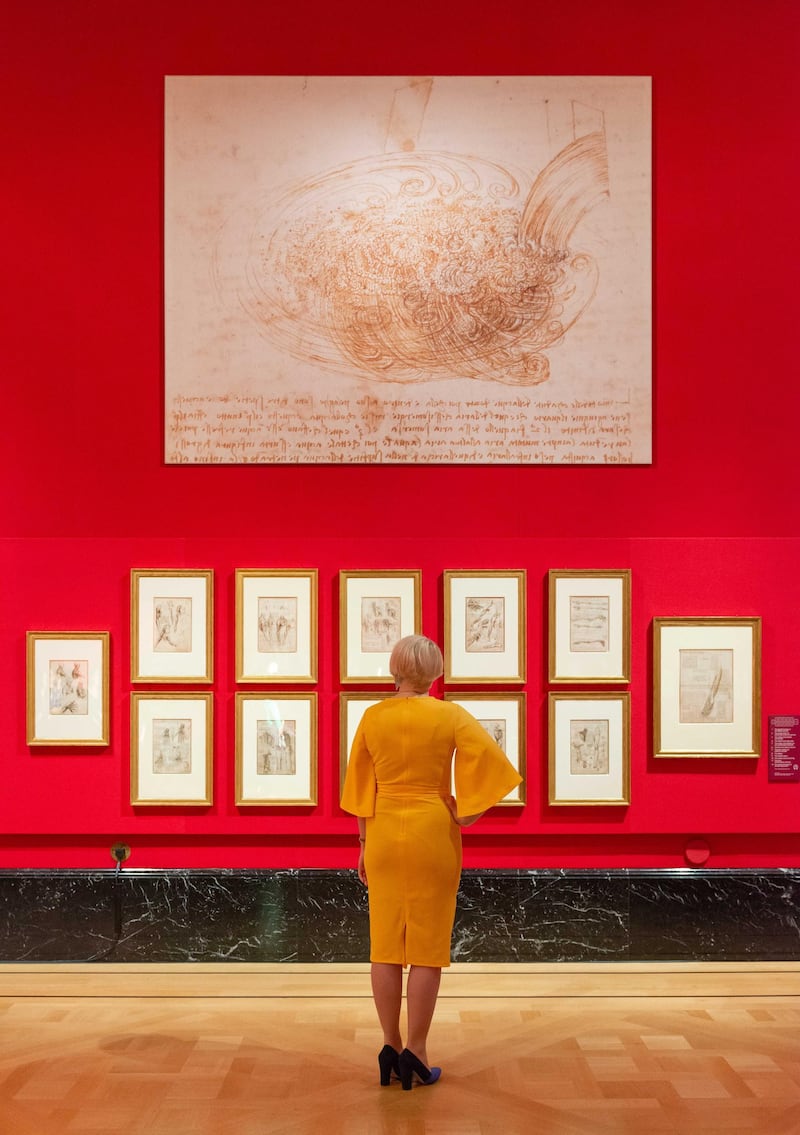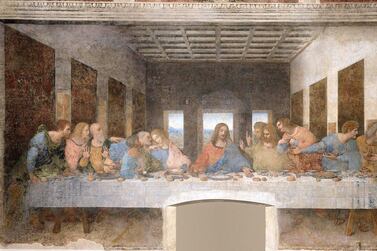In an age in which the term “genius” seems to have lost both its meaning and its ability to inspire awe due to reckless overuse and careless misapplication, it is refreshing to visit an exhibition devoted to the work of a genuine polymath, a true visionary, and an incomparable artist.
Leonardo da Vinci was a formidable all-rounder, skilled in painting, sculpture, architecture, engineering, anatomy, cartography and botany. He was also an accomplished draughtsman. This year, to mark the 500th anniversary of his death, the Royal Collection, which owns by far the largest group of drawings by Leonardo in the world, has opened its vaults to show 200 of his finest graphic works at the Queen's Gallery at Buckingham Palace.
Why you should go
Billed as a once-in-a-generation exhibition, Leonardo da Vinci: A Life in Drawing is, quite simply, a must-see event. The drawings may be about half a millennium old, but they are in immaculate condition. "We see them essentially as Leonardo saw them," says curator Martin Clayton. "It's almost like we're looking over his shoulder as he makes them."
What is particularly impressive about the exhibition is its success in covering all bases. The works on display are choice samples from each stage of Leonardo's career, from talented apprentice to unrivalled master. They encompass the artistic as well as the scientific. There are light sketches and elaborate designs, drawings of considerable beauty and profound complexity, and studies that are the product of either an inquiring mind or one that was an authority already.
Clayton emphasises that Leonardo's drawings were his "working papers" and as such were not intended to be seen by a wide audience. "They are his private laboratory," he explains. "Leonardo used his drawings to think on paper, to devise new compositions, to fix fleeting impressions, to force himself to look in minute detail, to test his understanding and to explore every possible variant of a scenario."
What we learn about Leonardo
We witness those variants in the array of drawings Leonardo did for two separate commissioned works. The Sforza monument was to be a large-scale bronze equestrian sculpture in honour of a military commander, Francesco Sforza; The Battle of Anghiari would have been a mural depicting a famous 1440 Florentine victory over Milanese forces. Neither project was completed, but Leonardo left behind several preparatory sketches of rearing or racing horses and their warrior-riders, their frantic movements rendered through a jumble of blurred outlines. The Battle of Anghiari was to be Leonardo's most ambitious painting.
Elsewhere in the exhibition we see some ink sketches and chalk head studies for his greatest completed painting, The Last Supper, alongside drapery studies he produced for Salvator Mundi, which in 2017 became the world's most expensive painting after it sold for an eye-watering $450 million (Dh1.65 billion).

The individuals in most of the drawings have real mesmerising power. The head of Leda portrays the mythical figure with a serene expression which is offset somewhat by her busy, complicated hairstyle, a riot of curls, braids, plaits and snakelike strands. Similarly, The head of St Anne depicts peaceful, contemplative, almost blank facial features beneath an intricately woven headdress. The fuller, top-to-toe picture, A Woman in a Landscape, presents a hazy, ethereal vision crafted from the softest strokes.
If Leonardo's women are united by their demure downward gazes then his men appear in stark contrast – one spreads his legs equally for balance, a stance that could also be construed as confrontational. The heads of the male figures are drawn in one of two ways: flawless youths radiating good health, or weathered, older men exuding gravitas.
However, Leonardo was not only interested in aesthetic types. One beguiling suite of drawings produced in about 1490 comprises a rogues' gallery of grotesques. "They can be seen as a counterpart to Leonardo's investigations of ideal human proportion, distorting those ideals of beauty to create images of 'ideal ugliness'," says Clayton.

Leonardo's more scientific drawings focus not on human beings viewed from the outside but rather the inside. These stunning, and occasionally gasp-inducing, studies of dissected bodies are richly detailed and made all the more intricate by the accompanying notes in Leonardo's minute, spidery mirror writing.
The artist's final years
After spending time in the exhibition, motifs and images from certain drawings begin to chime and echo in others. Roads and rivers in map sections resemble muscles and sinews in anatomical diagrams. The swirl of leaves in some botanical drawings are similar not only to the coils of women's hair, but also the spiralling eddies of water in the series of apocalyptic deluges which Leonardo worked on during the last years of his life.
"He becomes obsessed with death and destruction," says Clayton. "He writes long descriptions of a huge deluge overwhelming the Earth and draws this in a sequence of drawings of which there is no parallel in western art. These deluge drawings can be seen as a summary of Leonardo's whole career, an attempt to get down on a sheet of paper the forces of the universe."
Clayton says he believes that Leonardo's drawings give us a kind of portrait of the artist. "It's through his drawings that we get an insight into Leonardo the man – what he was doing on a daily basis, how his mind worked, how he pulled his projects together," he says.
It is hard to disagree. He only produced about 20 drawings and some were touched up by his assistants, while most have been restored by experts. But the drawings, in all their raw glory, reflect Leonardo's fascination with the workings of the world and the wonders of the human body. We see how he observed each subject or object before capturing the essence of it with clarity, acuity and intelligence.
When evaluating Leonardo, it is easy to gush. His 16th-century biographer Giorgio Vasari described him as "a man of regal spirit and tremendous breadth of mind". Clayton calls Leonardo "the archetypal Renaissance man." Perhaps it's enough to say that we come away from this exhibition fully and finally aware of what constitutes genius. Leonardo was proof that sometimes great minds don't think alike, sometimes they are in a league of their own.
Leonardo da Vinci: A Life in Drawing is at the Queen's Gallery, Buckingham Palace, London, until October 13. For more information go to www.rct.uk






